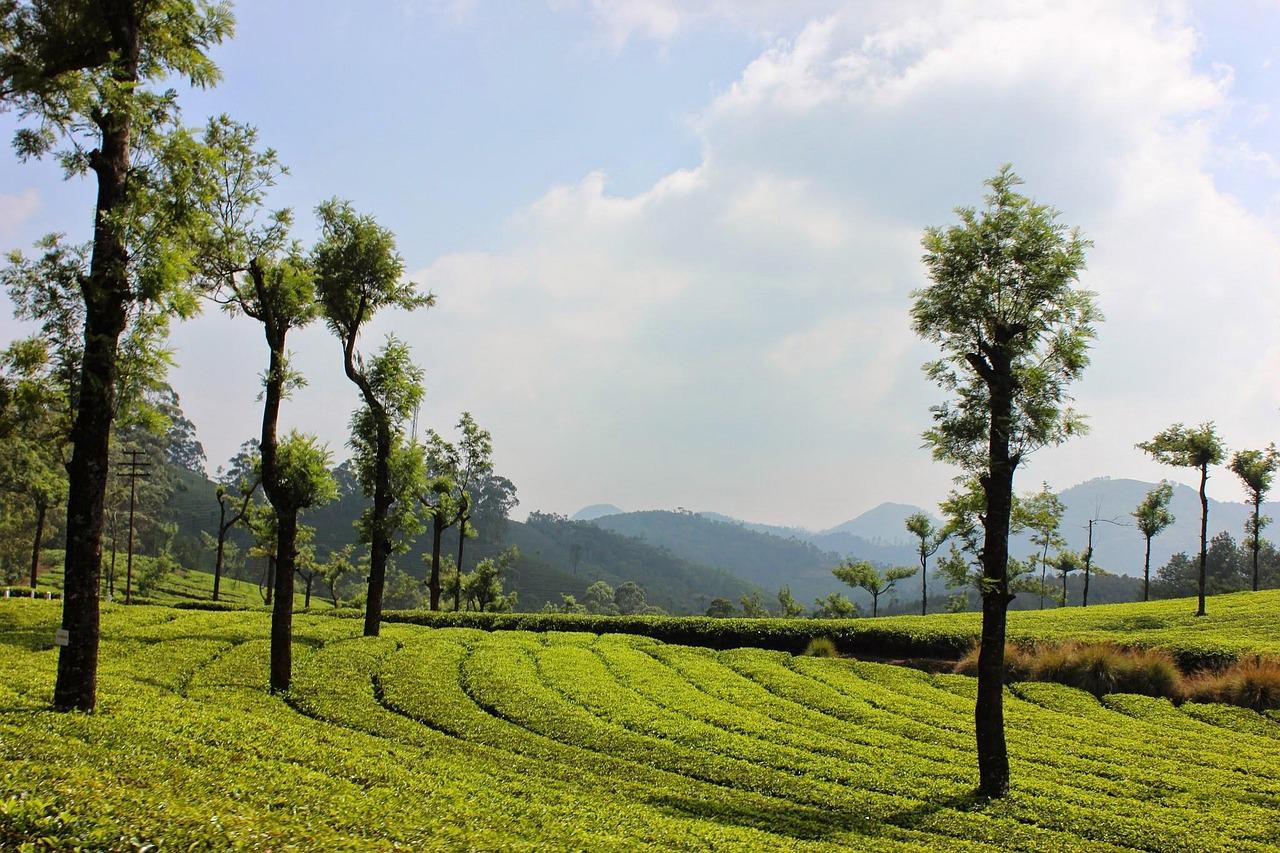Background
The Cereal Systems Initiative for South Asia (CSISA), led by the International Maize and Wheat Improvement Center (CIMMYT), was established in 2009 with a goal of benefiting more than 8 million farmers by the end of 2022. For that initiative, a Soil Intelligence System (‘SIS’) project (2018 – 2021) developed modern approaches to soil assessment and integrative management through digital technologies and analytics for states of Andhra Pradesh and Bihar in India. The next phase of CSISA (4.0) continued within these established partner networks to operationalize SIS outputs through public and private sector partners for the purposes of:
Empowering efficient and accurate soil characterization,
Driving policy and market development at the landscape scale
Enabling precision management at the farm scale


